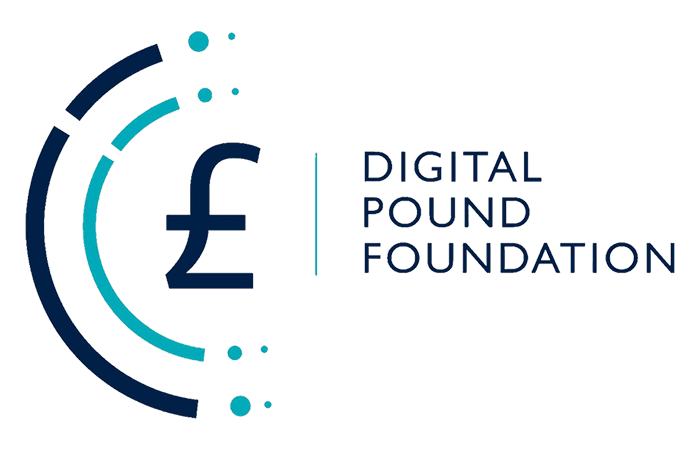The BIS Innovation Hub has recently published a pivotal high-level design guide for Central Bank Digital Currencies (CBDC) as a part of its ongoing Project Polaris, focusing on the intricate realm of offline payments.
Creating an effective offline payment system using CBDC is a formidable task, fraught with challenges and requiring careful consideration of various trade-offs. The unique needs of each central bank further complicate the development of a standardised solution.
The Project Polaris guide provides central banks with an invaluable resource to enhance their grasp on the technologies powering offline CBDC transactions. Building upon the foundational knowledge laid out in the project’s inaugural handbook, this guide delves deeper into the intricacies of offline payment design and requirements.
This initiative targets central banks that have already established a basic understanding of CBDC and are now eager to explore the subject in greater detail. The guide draws from insights garnered during a series of workshops held between May and September 2023, bringing together 12 solution vendors and 6 observing central banks.
Key Takeaways from the Workshops:
- Offline CBDC payments are deemed crucial by numerous central banks.
- Design strategies must address the entire solution’s needs, acknowledging the inevitable trade-offs between various requirements. For instance, prioritising user privacy could hinder the system’s ability to detect and respond to suspicious activities. A possible solution is adopting an iterative design approach, weighing alternative strategies to achieve the set objectives.
- Solutions for offline CBDC payments are still in development, with very few ready for large-scale production or live deployment. Nevertheless, there are several mature pilot programs in existence.
- Central banks are poised to play a pivotal role in fostering innovation and collaboration in the CBDC arena. Engaging with solution vendors and prospective CBDC ecosystem participants is crucial.
The guide meticulously covers the current technological landscape, highlights critical design considerations, and provides tangible examples to aid central banks in making informed decisions tailored to their specific needs. Topics such as resilience, financial inclusion, privacy, risk management, device security, and transaction limits receive thorough attention. Furthermore, the guide suggests that the technologies discussed could potentially address broader issues related to identity verification, commercial bank payments, wallet services, and infrastructure for regulated stablecoins.
By equipping central banks with this comprehensive guide, Project Polaris marks a significant step forward in the journey toward establishing robust and efficient offline CBDC payment systems.
























































